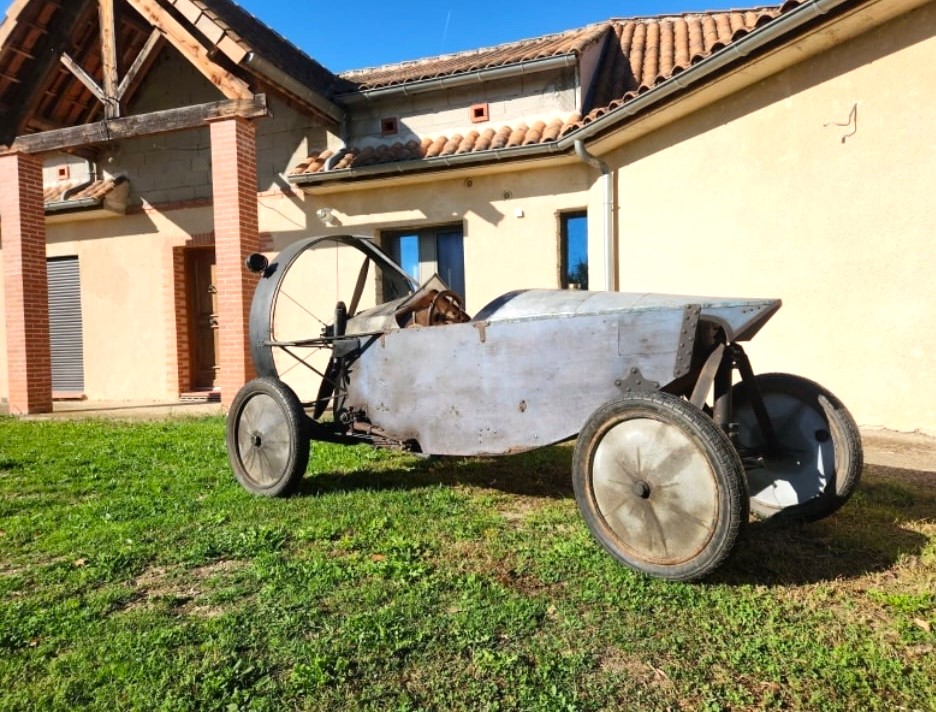A “wingless aeroplane” built more than a century ago could soar to a whopping £105,000 when it goes under the hammer next month.
The bizarre motor – officially known as the 1921 Helica – was the brainchild of eccentric French engineer Marcel Leyat, who dreamt up the propeller-powered contraption back in the roaring 1920s.
While the sleek bodywork was crafted by French propeller maker Ratier, Leyat himself handled the nuts, bolts and mechanics – creating one of the strangest vehicles ever to hit the road.
READ MORE: Super-rare prototype of iconic Ferrari goes under the hammer for £950,000
Only 10 Helicas were built between 1921 and 1922, followed by three sportier versions later that year.
Ever the tinkerer, Leyat kept fine-tuning his creations and in 1927 he smashed a record, hitting 170 km/h (106 mph) on the famous Montlhéry ring near Paris.
In total, the French inventor built just 23 of the propeller-powered oddities, but today only two completely original examples are known to survive – one interior-drive model and a sports version kept at the Musée des Arts et Métiers in Paris.
Now, a third Helica has surfaced – the only original sports model still in private hands – and it’s being hailed as nothing less than a “monument to automotive history”, as reported by Whats The Jam.
The ultra-rare motor will go under the hammer on 9 November in France.
The auction listing explains: “The Hélica is reminiscent of an airplane (hence its nickname, the wingless plane), giving it good air penetration.
“It’s worth noting that 60% of the power used is to overcome air resistance.
“Another very serious source of power loss lies in the transmission and propulsion components: gears, wheels (30% to 40% of motive power).
“What’s more, it also depends on road conditions (hard, sandy, icy, muddy, etc.) and atmospheric conditions.
“All these disadvantages were eliminated by replacing all differential transmissions and the rear axle with an overhead propeller directly connected to the engine.”
Experts say the quirky contraption is expected to spark a bidding frenzy – proving that even a car without wings can still take off.
